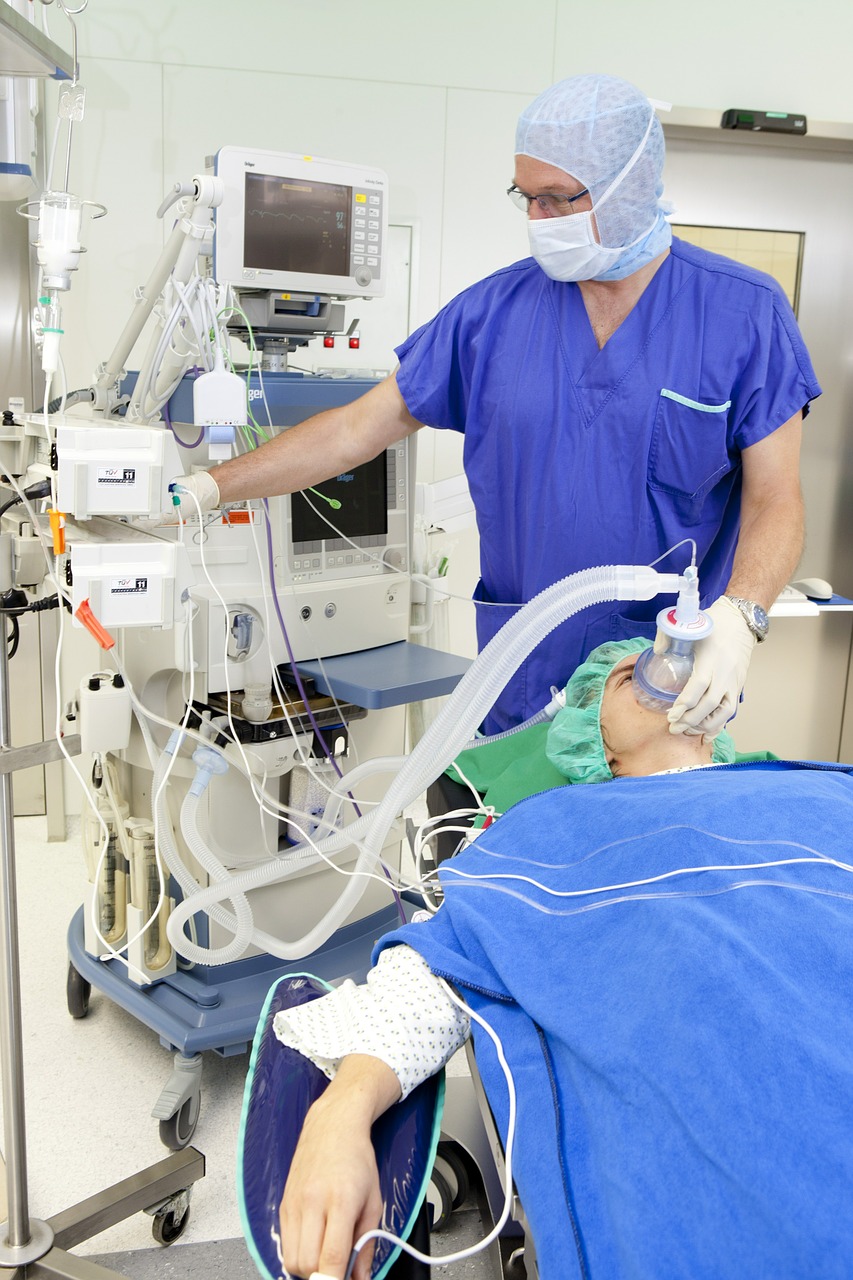Skin and Soft Tissue Infections (SSTI)
Skin and soft tissue infection are common some of SSTI infections may require suffering patients to undergo surgical treatment. SSTI infections are therefore classified as complicated or uncomplicated helping the doctor to recognize the infections that need Skin & Soft Tissue Surgery. In the United States alone there are 14 million cases every year that require the patient to visit emergency rooms. Hospital admission has seen about a 29% rise in SSTI cases from 2000 to 2004.
Complicated or Uncomplicated
The term “complicated” and “uncomplicated” are coined for describing the SSTI categorizing them based on skin, skin structure, and infection. The guideline that is used to determine the complicated and uncomplicated skin infection has been revised by the ANTI-INFECTIVE drugs Advisory Committee in August 2010 as the previous guideline generated in 1998 takes only following under the complicated skin infection:
- Diabetic Foot Infection
- Ulcer
- Deep Decubitus
The old guideline is made as to provide the clinical framework, hence the new guideline includes following in a list of complicated SSTI:
- Bite wounds
- Bone and joint infections
- Necrotizing fasciitis
- Diabetic foot infections
- Decubitus ulcers
- Catheter site infections
Skin and Soft Tissue Infections (SSTI) Treatment
The patient physical examination for the SSTI infection is done on with the help of determining the following factors:
- Descriptions of the extent and location
- Erythema
- Edema
- Warmth
- Tenderness
After the above-mentioned process, the doctor will go for the right treatment for the patient.
Following are the signs that can manifest as SSTI in patients:
Crepitus- It like a gas-forming infection as the infection is caused due to anaerobic organisms e.g. Clostridium perfringens.
Necrosis- The condition is mostly used to describe the spider bites, venous snake bites or group A streptococcal infections.
Fluctuance- Fluctuance is a condition where there is the presence of liquid in the infection like abscess; the condition needs a doctor/surgeon to drain the abscess by making an incision.
Purpura- The condition commonly arises in the patient that is kept on anticoagulation therapy besides that the occurrence of purpura brings a lot of concern as there is the threatening possibility of having sepsis and disseminated intravascular coagulation due to streptococcal infections.
Bullae- It is seen in impetigo due to staphylococci or in infection with Vibrio vulnificus or Streptococcus pneumonia.
Systemic signs- The signs such as fever with hypertension, hypotension, and tachycardia may require the patient to get hospitalized.
Lymphangitic – it indicates the severe spread of the infection.
Depth of infection
It includes the extent of SSTI infection and the layer of skin that is under the influence of SSTI. E.g.: Superficial infection including erysipelas, impetigo, folliculitis, furuncles, and carbuncles are located at the epidermal layer, cellulitis reaches into the dermis. Deeper infection may cross the subcutaneous tissue and become fasciitis or myonecrosis.
Symptoms of Skin & Soft Tissue Infections (SSTI)
The need for surgery depends mostly on the extent of damage and type of SSTI patient is suffering from. Many surgical procedures can use for different purposes for instance: Making surgical drainage by making an incision in case of extensive perianal or multiple abscesses. If the infection arises at the surgical site there are lots of considerations that need to be made before opening the surgical incision for drainage.
Skin and soft tissue surgery can be used to treat:
- Lipomas
- Scars (revision
- Skin cancer
- Skin lesions
- Soft tissue masses

